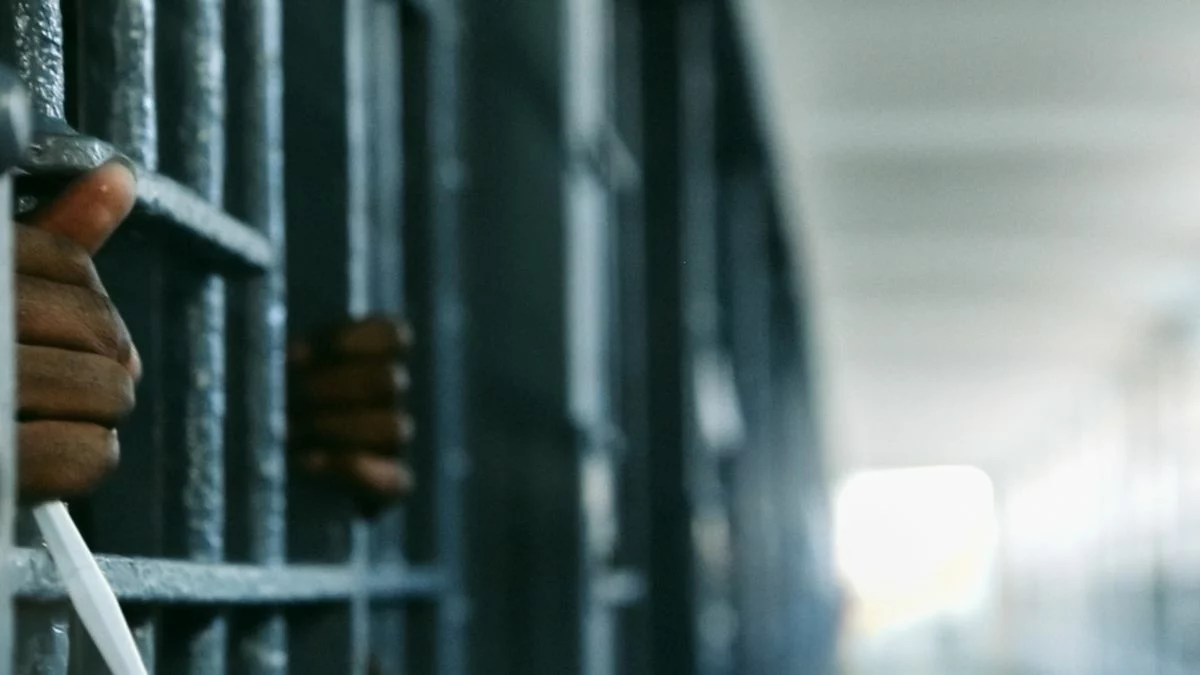Melville, New York, is a busy community on Long Island where daily traffic brings challenges, including the risk of car accidents. Determining what happened can be confusing and stressful when these collisions occur. Often, each party offers a different version of events, and witnesses may be difficult to find or provide conflicting accounts. In this situation, traffic camera footage can serve as an essential resource. These cameras, positioned at key intersections and roadways throughout Melville, record objective evidence that captures the precise moments before, during, and after an accident.
Unlike witness statements, which can be unreliable or biased, this footage provides an accurate, visual account of the incident by showing factors such as traffic light status, vehicle speeds, and positioning. If you’re involved in a car accident claim, working with an experienced Long Island car accident lawyer can help you access and use this footage to clarify the facts and strengthen your case, which offers greater clarity amid the confusion that follows a crash.

Traffic cameras are located at many intersections and in every city. Their primary purpose is to track vehicular movement and improve safety. These gadgets record vehicle motion and capture notable events that usually go unnoticed. Traffic cameras can clarify accident investigations by providing a neutral visual account.
You can use footage from these cameras as unbiased evidence. Witness accounts can be fallible or biased, but video captures what happened in reality. They record information on vehicle velocity, traffic light conditions, and street attributes. This data becomes crucial for reconstructing the events that ultimately led to a crash.
Establishing liability is a key feature of auto accident claims. Witnesses might have different angles on the issue, which allows the parties concerned to interpret an action differently. Video from traffic cameras can help clear the haze. This evidence offers a transparent event perspective, which confirms accountability and assists in proper claim evaluation.
Insurance companies place particular importance on evidence when evaluating claims. Traffic cameras can make this process easier by providing proof. By running a video, adjusters can see what the video says and make decisions based on evidence. As a result, it reduces disputes, which leads to faster settlements. Video evidence is also so clear-cut that it is a deterrent to those making fraudulent claims and ensures that real cases receive due diligence.
Evidence is critical in court. Eyewitness testimony and traffic camera footage can reinforce the legal arguments by giving additional background to the general facts of the accident. Lawyers can now formulate their arguments from this. Clear, visual images are crucial, as these make it much simpler for judges and juries to digest what is happening in a case. This results in more equitable decisions based on concrete evidence than competing testimony.
More than individual shots, traffic cameras are part of a larger effort to improve road safety. Agencies can review this footage to find hotspots or repeat offenders. It can help improve infrastructure and policy to reduce accidents. Knowing the patterns and causes of crashes will allow for implementing precautionary measures, thus making the roads safer for everyone.
Traffic camera footage is excellent evidence, but not easy to acquire and incorporate at times. Privacy concerns and legal regulations may restrict access elsewhere. You must take specific measures to ensure the footage is permissible in court. Also, cameras do not cover all places, so you might not get footage from all angles/locations.
You must access the traffic camera footage promptly. Many systems automatically overwrite footage after a specific period, so people involved in accidents must act quickly to obtain the evidence before the clips are lost.
Traffic camera footage could change the game when making claims arising from car accidents. Offering unbiased, transparent evidence helps determine facts and faults. The advantages are case-related and play a bigger role in ensuring safer roads and smoother legal processes. This approach is not without challenges, but the ability of this technology to assist accident clarification and resolution is tremendous. With additional areas implementing traffic cameras, their significance in promoting justice and security is only likely to expand, thus providing solace to those who are making their way through the wake of an accident.
Share This Story, Choose Your Platform!
This site uses Akismet to reduce spam. Learn how your comment data is processed.






